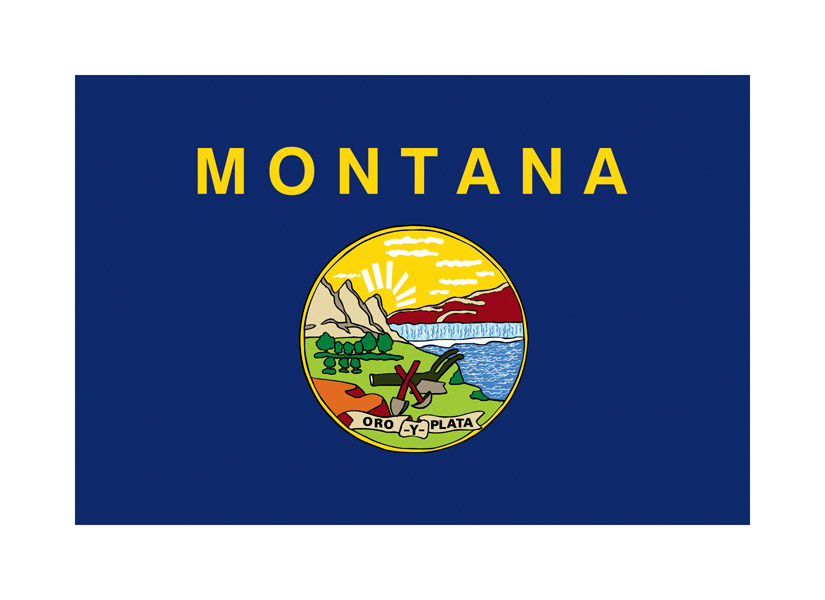State Agriculture Overview (yearly)
This yearly state agriculture report offers the most recent data on 32 kinds of crops, from alfalfa to winter wheat. It indicates acreage planted, acreage harvested, yield, production, and, where available, price per unit and total crop dollar value. The methods of collecting the data are not as exacting as those used for the census (see below), but they have advantages for researchers who need the most up-to-date information.
Background
For over two centuries, the U.S. government has recognized and responded to the importance of keeping accurate agricultural information. The nation's first agricultural survey was conducted by President George Washington. In 1791, Washington personally conducted a mail survey of farms in present-day Pennsylvania, West Virginia, Maryland, Virginia, and the District of Columbia to collect agricultural statistics on land values, crops, yields, livestock prices, and taxes. Washington sent the details of his survey to an English correspondent, Arthur Young.
Use of Agricultural Surveys
The reports Washington sent Young reflect some of the same concerns farmers have today. He worried that prices weren't keeping up with the cost of raising crops. He worried that some farmers weren't taking care of their land. He worried about the cost of transporting agricultural goods to markets and improving those routes.
Washington's legacy of surveying and reporting on the state of agriculture in our country continued during the Civil War, when the U.S. Department of Agriculture collected and distributed crop and livestock statistics to help farmers assess the value of the goods they produced. At that time, commodity buyers usually had more current and detailed market information than did farmers. This circumstance often prevented farmers from getting a fair price for the goods they produced on their farms. Producers in today's marketplace would be similarly handicapped were it not for the information provided by the USDA?s National Agricultural Statistics Service (NASS).
Census of Agriculture for Montana (every five years)
The report at right summarizes the latest census data, compiled in 2012. The survey is conducted every five years by the National Agricultural Statistics Service (NASS), which is part of the U.S. Department of Agriculture. The NASS collects statistics at the national, state/territory, and county levels, making an effort to count every U.S. farm. For purposes of the census, any place that produced and sold $1,000 or more of agricultural products during the census year was considered a farm.
Background
The first page of this summary answers the questions:
- How many farms are in the state?
- How big are the farms?
- What do the farms produce?
- How profitable are the farms and how much government subsidy do they receive?
The tables on the second page go into more detail. They show:
- The value of the state's various agricultural products
- The state's rank among states that grow the same crops
- How much land is used for the most important crops and livestock items
- The age, gender, and ethnicity of people who operate farms, and whether their primary occupation is farming.
Uses of the Agricultural Census
Among those who use the data are farm organizations; businesses; state departments of agriculture; elected representatives and legislative bodies at all levels of government; public and private sector analysts; the news media; and colleges and universities. With accurate agricultural statistics, public and private entities concerned with agriculture can create better conditions to support the productivity and success of the country's farming operations.
Source: U.S. Department of Agriculture (National Agricultural Statistics Service)




